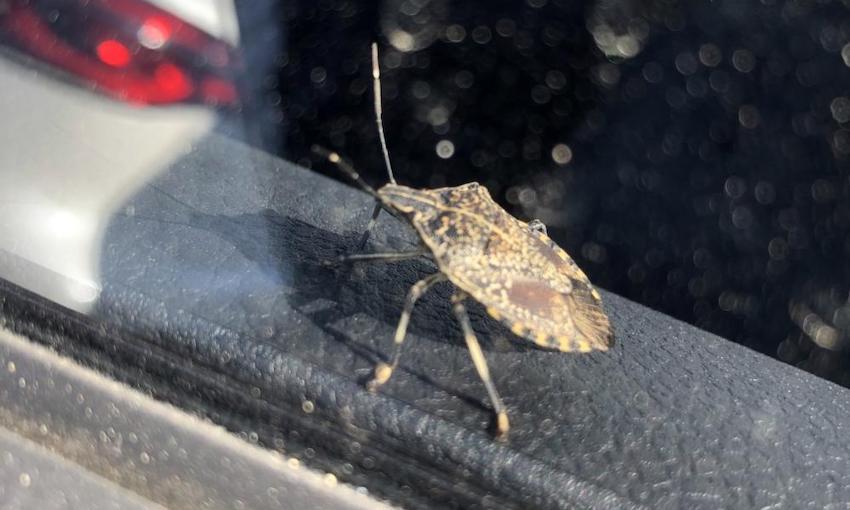THE FEDERAL government has released a national biosecurity action plan exploring a biosecurity risk management trial at Port of Melbourne and plans for a sea container data sourcing strategy.
The Commonwealth Biosecurity 2030: Action Plan 2023 outlines a plan to align Australia’s biosecurity system with the Commonwealth Biosecurity 2030 roadmap – a key contributor to the National Biosecurity Strategy.
The document contains updates on biosecurity work undertaken in 2022 and sets out priorities for the coming year.
Part of the strategy involves identifying and evaluating modifications to existing containers to prevent “hitchhiker pests” and improve the effectiveness of container cleaning methods.
It also involves a survey inspecting external surfaces of sea containers at the ports of Brisbane and Adelaide and using the results to confirm whether current risk settings effectively manage the risk of hitchhiker pests and contaminants entering Australia.
In a case study on container data sourcing, the action plan said a crucial first step in designing controls to manage the risks of pests on containers is having a single and reliable source of data on container arrivals into Australia and biosecurity outcomes.
The document also unpacked a proof-of-concept trial for new vehicles arriving at the Port of Melbourne, which aimed to inform new approaches to managing the biosecurity risks of imported vehicles.
The government is considering opportunities to implement recommendations from the trial. It wrote that “scaling the end-to-end solution to other ports and commodities is one approach that is likely to make biosecurity risk management sustainable”.
Minister for agriculture, fisheries and forestry Murray Watt said biosecurity threats are constantly evolving.
“Twenty-twenty-two brought biosecurity into sharp focus for many Australians, with the foot-and-mouth disease outbreak in Indonesia, lumpy skin disease and varroa mite each posing serious threats to our $83.1 billion agricultural industries, environment, national economy and way of life,” Mr Watt said.
“Protecting our national assets and industries requires a forward-looking, multilayered response involving strong offshore and onshore biosecurity measures, improved surveillance activities and investment in new and innovative tools to manage and detect biosecurity risks.
“The 2023 action plan delivers against these objectives, listing the specific actions we’re taking to manage these risks throughout the year.
“It incorporates case studies of vital biosecurity work including a proof-of-concept trial for new vehicles arriving at the Port of Melbourne, an operation to target illegal imports of biosecurity risk food and urgent actions to keep invasive grain pest khapra beetle from hitchhiking into the country.”
The plan also provides updates on work to address issues identified by the Inspector-General of Biosecurity and the Australian National Audit Office to ensure the biosecurity system remains fit for purpose.
“We’ve developed new technologies, including phone apps, to assist in pest detection and diagnostics, implemented the National eDNA Testing program to detect pests and pathogens in the environment, and improved preparedness and readiness though continued surveillance activities with the Indigenous ranger program in Northern Australia, just to name a few examples.
“Australia’s biosecurity systems are recognised as among the best in the world, and this work will ensure that we maintain our reputation as a supplier of safe, high-quality produce into the future.”

